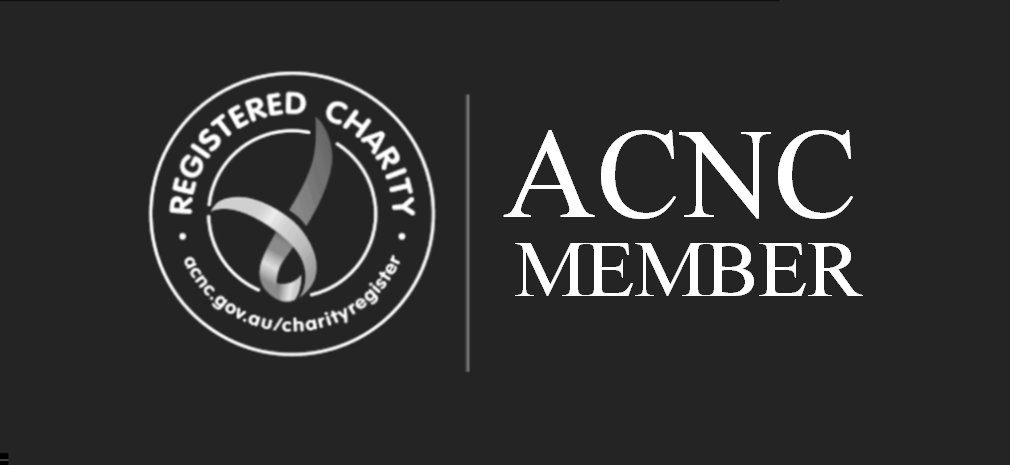Verifier
Policy, statement or guidance document committing the Member to partnership and/or collaboration and the approaches it takes.
For formal partnerships, partnership agreement template or examples of partnership agreements that consistently describe:
- Value and contribution of each party.
- Shared goals, roles and responsibilities of all parties.
- Financial and non-financial resources and support offered by and required of each party.
- Dispute resolution process.
- Mutual accountabilities for reporting, sharing information and communication.
- Specific statements about child protection, prevention of sexual exploitation, abuse and harassment, and incident reporting.
Guidance
Documented agreements (or equivalent) provide a framework for discussion and allow both parties to make clear statements of areas of practice that are important to them for quality and compliance reasons. Discussing and negotiating these in a collaborative manner with partners can assist in relationship building and gaining a better understanding by each party. Child protection and the prevention of sexual exploitation, abuse and harassment is a critical area of practice to ensure our partners ‘do no harm’ either intentionally or unintentionally, and therefore should be explicitly included in partnership agreements. A helpful guide to partnership and partnering principles can be found on The Partnering Initiative website, a link to which can be found in the Resources Section below. A good example of how one of ACFID’s members have documented their approach to partnership is Oxfam’s Partnership Principles, which can be found in the Resources Section below.



